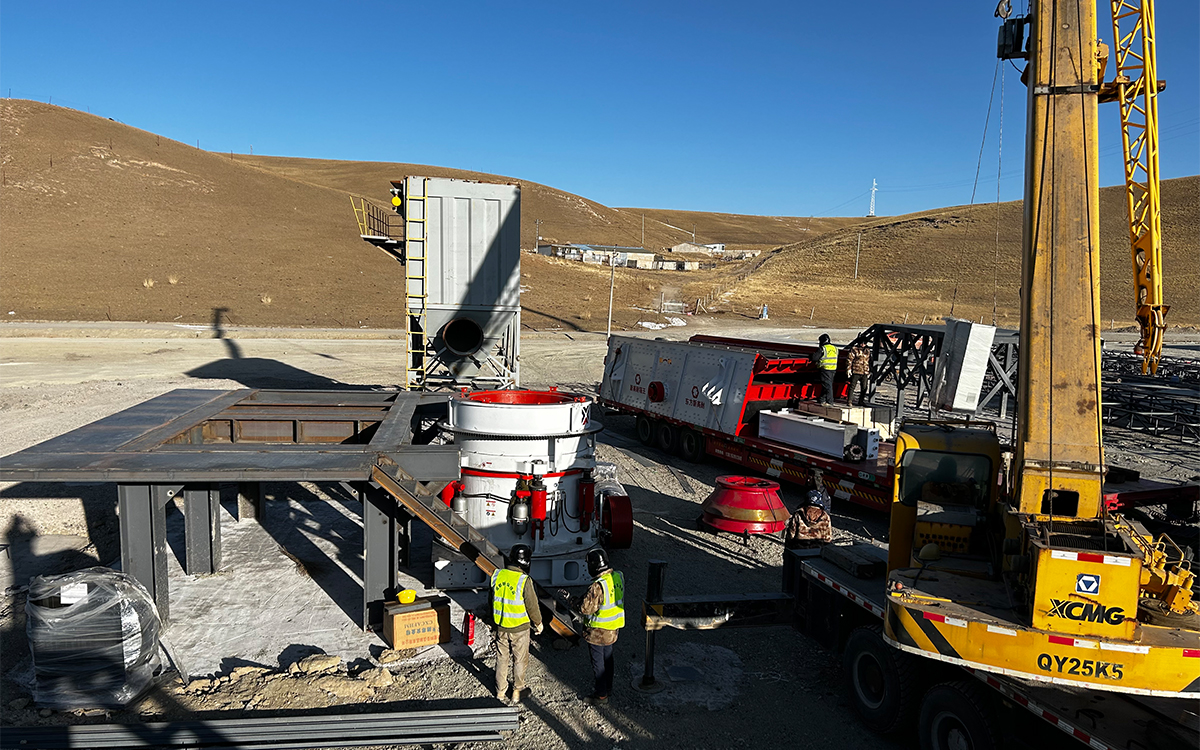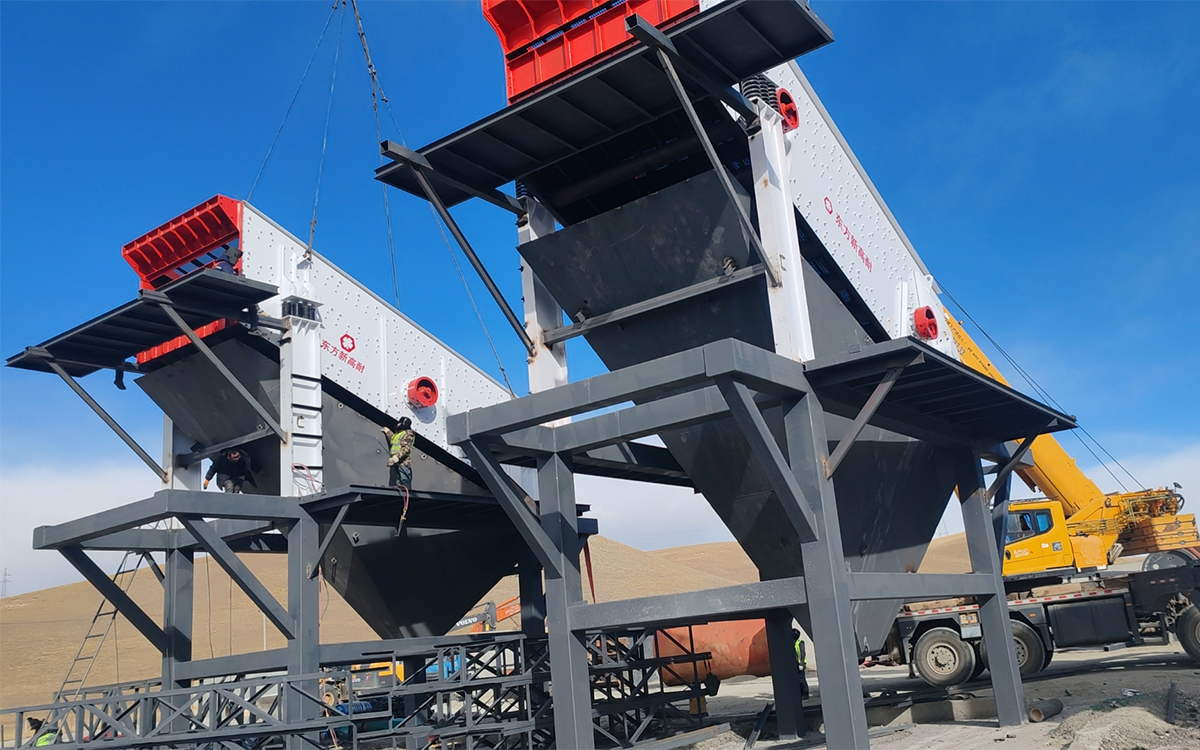
 Xingaonai
Xingaonai
Because most of the ores processed by the mineral processing plant are useful minerals and gangue minerals that are closely linked together, only by crushing them and fully dissociating them can they be enriched using existing physical mineral processing methods. In addition, all physical mineral separation methods are limited by particle size. If the particle size is too coarse (the useful mineral gangue is not dissociated) or the particle size is too fine (the fine particles are excessively crushed), effective separation cannot be performed. Therefore, in the entire production process of the mineral processing plant, the purpose of crushing and grinding is mainly to break the conjoined state of minerals and basically achieve monomer dissociation of useful minerals and waste rocks to meet the next step of sorting requirements. They are responsible for It is the task of providing selected materials for subsequent sorting operations.

The so-called ore crushing production process is a process in which the ore to be processed uses the external force of the crushing equipment to overcome the force between the internal molecules of the raw ore and gradually reduce the ore particle size. Since different materials have different physical properties and structural differences, the selection of grinding equipment requires detailed analysis of specific issues.
In the actual mineral processing process, crushed ore is generally divided into two stages: crushing at the coarse-grained stage and grinding at the fine-grained stage, and the two types of mineral processing equipment, crushing and grinding, are carried out in stages, because in most cases existing The latest mineral processing equipment cannot crush large pieces of raw ore to the required fineness at one time. Usually the operation of reducing the particle size to 20-5mm is called crushing. The corresponding equipment is a crusher. The finer crushing operation is called grinding. The corresponding equipment is a grinding machine. They are obviously different. The crusher is a crusher. Mainly crushing, combined with bending, the grinding machine is impact plus grinding and peeling.

Each time the material passes through the crusher or grinder, it is called a crushing or grinding section. As for how to choose the number of crushing and grinding sections, it depends on the nature of the raw ore, material particle size, product fineness and equipment type. In each stage of crushing or grinding operation, the ratio of the particle size of the material before and after crushing (i.e., the feed particle size and the product particle size) is the crushing ratio or crushing ratio of the crushing or grinding operation, which reflects the crushing ratio of the crusher or grinder. After crushing, the particle size of raw ore is reduced.
It is understood that if the crushing ratio of the crusher is large, the corresponding needle and flake content will increase. This is true for various types of crushers. However, if the crushing ratio is too small, the output of the entire stone crushing production line will be reduced and the internal circulation volume will be increased. , thereby increasing the wear of the crusher and reducing the overall economic benefit. Therefore, in the entire stone crushing production process, it is very important to choose the appropriate crushing ratio. Usually the first crushing equipment chooses a jaw crusher with a large crushing ratio, and the secondary crushing equipment chooses an impact crusher or cone crusher with a small crushing ratio. The grinding equipment is ball mill or rod mill.
Superior: No content!
Abajo: No content!
Nuestros productos se han exportado a más de 170 países de África, Asia, América del Sur, Europa, etc. Estamos aquí para ofrecerle mejores productos y servicios.
Copyright © 2024-2030 Xingaonai Group Todos los derechos reservados. Sitemap